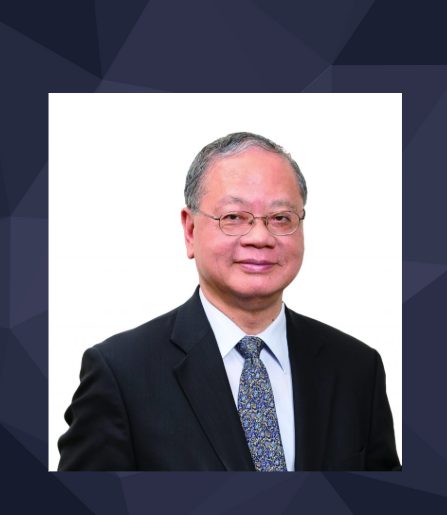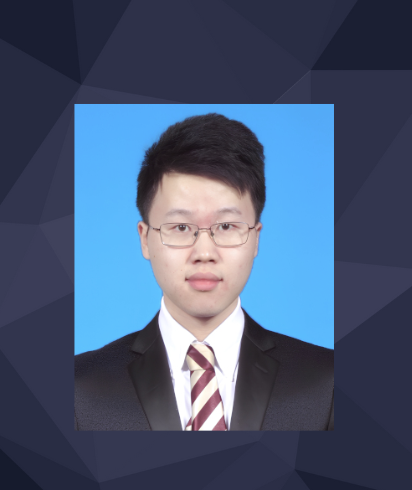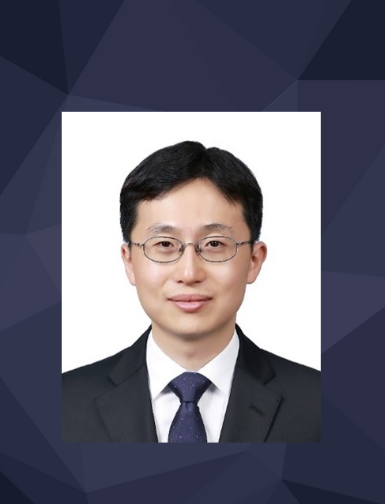December 14 2023 (Thursday) 4:30-5:30pm
Structural engineering community require the experience of experts in design, simulation and structural health monitoring (SHM) of existing structures. Currently, the training process of structural engineers may take more than 10 years from undergraduate to expert. The economic design currently relies on the experience of engineers, which may not reach the optimized design outcome. In addition, high-fidelity simulation and SHM are still challenging and practical applications of the nonlinear structural simulation and SHM are mostly limited to researchers, instead of practical engineers. Conventional structural engineering widely adopts finite element solvers based on CPUs, which may be time consuming. The computing resources of GPU accelerators and GPU-based supercomputers cannot be fully utilized due to the lack of GPU-based simulation platforms.
The project develops deep-learning-based intelligent structural design, simulation and structural health monitoring platform. For structural design, dataset is collected for structural design input parameters and structural design drawings, the generative models are learned to generate preliminary structural design drawings of buildings and bridges. For structural simulation, physics-informed neural networks are developed to replicate the spatial discretization and temporal discretization of conventional finite element solvers. For SHM, the state-of-the-art neural operator is trained on finite element simulation dataset of vehicle-bridge interaction (VBI) system and fine-tuned on experimental dataset to infer the damage distribution field based on structural response field. The project can inspire the undergraduate and graduate students to learn more about the challenges and future developments of structural engineering.









